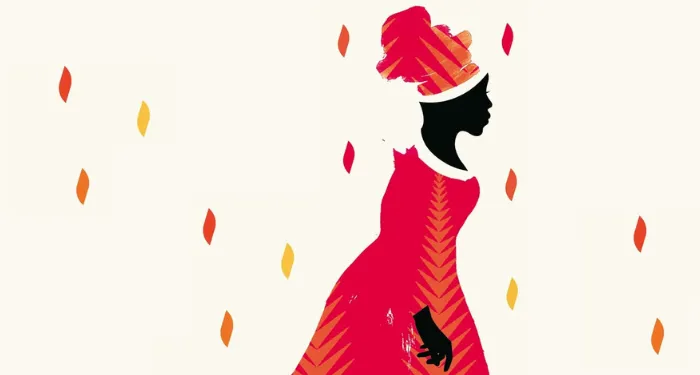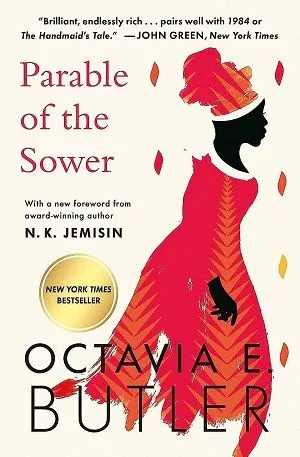
An Eerily Accurate Portrait of 2024, Published in 1993
Today’s award-winning pick was first published over thirty years ago, and this year is the perfect time to read it.

Parable of the Sower by Octavia E. Butler
This is the first in an unfinished series of novels, the second and only other book being Parable of the Talents. While Parable of the Sower was published in 1993, the dystopian story begins on Saturday, July 20, 2024. Our protagonist is Lauren Oya Olamina, a Black teenager living in what remains of a gated community about 20 miles outside of Los Angeles. Lauren’s mother died when she was born, her abuse of the drug Paracetco being the end of her and leaving Lauren with hyperempathy. Lauren’s hyper-empathy makes her feel the physical pain (or pleasure) she witnesses of other people. In this world where there is more pain than anything, Lauren’s hyperempathy can be debilitating and dangerous to her safety. Lauren lives with her father, a Baptist pastor, her stepmother, and her three younger brothers.
The United States has gone past the tipping point and is completely unstable due to climate change and extreme wealth inequality. With a community that has a fence around it, roofs over their heads, access to food (but not much), and the ability to read, Lauren and her neighbors are better off than many folks. Outside of that fence, the lack of resources — and the hoarding of resources by the wealthy — has contributed to rampant homelessness and violence. On top of this, there is a popular recreational drug that inspires users to set fire to things. When violent thieves finally infiltrate Lauren’s neighborhood, she needs to rely on what she has learned from her father and from books as she begins to walk up the state of California in hopes of a safer place to land.
Central to Lauren’s experience is Earthseed. Lauren no longer believes in the Christian god of her father, and she has created her own system of belief in which “God is Change,” and change is the only constant. She calls this religion Earthseed, and as she walks up California with no real firm destination point, she gathers community and teaches them about Earthseed, believing it is the only way they will survive the current hellscape.
This was an absolutely harrowing read, and Butler’s ability to predict the present has been eerie and terrifying, though the book also leaves readers with a sense of hope. Content warnings for violence, murder, sexual assault, and violence toward children and animals.
That’s it for now, book-lovers!
Patricia
Find me on Book Riot, the All the Books podcast, Bluesky, and Instagram.
Find more books by subscribing to Book Riot Newsletters.














